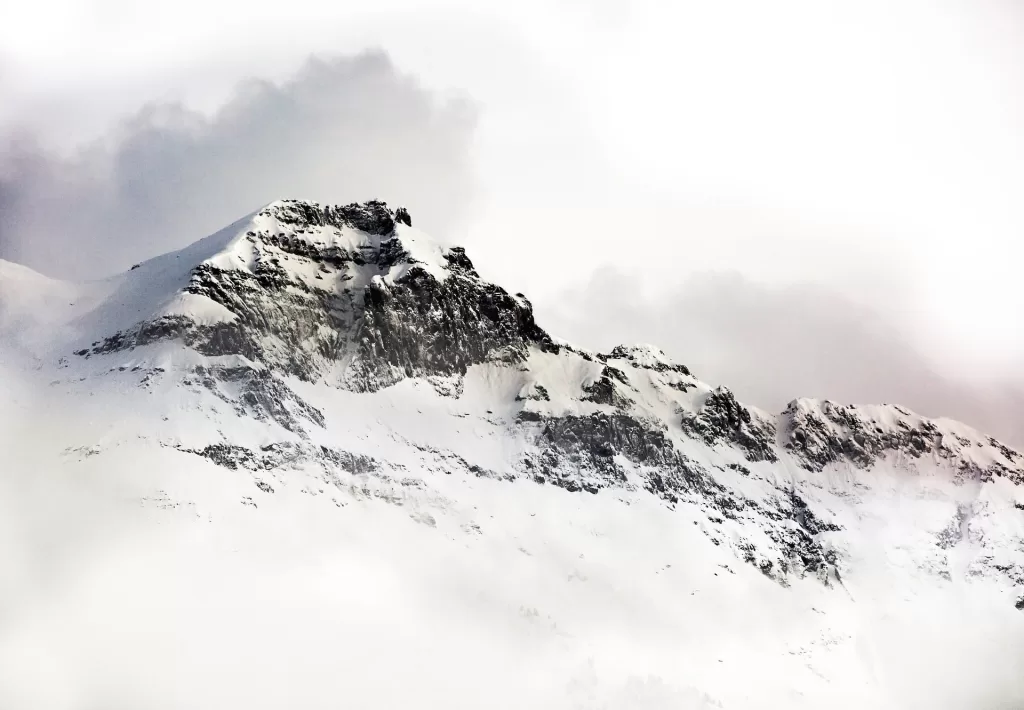Among the presentations at EGU 2020, that of researchers in the field of Hydrology and Hydraulics described a procedure for the estimation of precipitation at high altitudes, data that is fundamental for the management of water resources in mountain areas and beyond
Snow, which on our mountains began to melt between April and May, is not only good for winter sports: it also represents a fundamental water resource on a national scale. It is for this reason that it is important to have precise estimates of how much snow has fallen during the winter. However, collecting data at high altitudes is not easy. To overcome this problem, researchers in our Hydrology and Hydraulics Department, in collaboration with the Functional Centre of the Autonomous Region of Valle d’Aosta, the Aosta Valley Water Company (CVA) and Arpa Valle d’Aosta, the regional Environment Protection Agency, have developed a system to calculate how much snow is present at high elevations based on measurements of precipitation in the valley. Their results are among the presentations brought to the EGU General Assembly 2020.
High altitude data, the challenge of measurements
Mountains are often referred to as water towers, the water reservoirs of Europe and the world in general. Snow that accumulates there during winter stores a large amount of water. Melting as temperatures rise, this water reaches the valley when, from April to May, there is a significant demand from the ecosystem and our society. Knowing how much snow is present, therefore, becomes fundamental for both short and long-term forecasts (e.g. flood forecasts) to plan the management of the water resource during the year. There is a problem, however: making accurate measurements at high altitudes is difficult.
“At high altitudes instruments tend to work less well, so data are often scarce and biased, especially when the precipitation is represented by snow instead of rain”, explains Francesco Avanzi, researcher in Hydrology and Hydraulics at CIMA Research Foundation. “We have therefore improved our forecasting tools at very high altitudes, especially upstream of hydroelectric reservoirs. To do so, we focused on the amount of accumulated snow at the end of the winter season, a dataset that is rarely considered”.
A proportion between the top and the bottom of the mountain
Every year, when snow stops accumulating and is about to start melting, Arpa Valle d’Aosta takes measurements on site to determine how much snow is present across the headwaters. This information was used by the researchers to compare it with the data collected downstream and to establish a proportion between precipitation at high altitudes, above 3000 meters, and that recorded downstream. “In other words, we thought that this data, put in relation with the measurements made downstream, could give us precise estimates of precipitation during the entire winter season”, continues Avanzi. “And the relationship has been included in a snow forecasting model developed by CIMA Research Foundation, S3M”.
The results of the model, based on over 70,000 measurements collected in Valle d’Aosta, were then validated by back checking the data collected from 2017 onwards. “We have thus been able to verify that, by providing the model with these improved estimates of precipitation and therefore of snow amount, both snow estimates (i.e. how much snow is present on the ground) and water supply estimates improve”. Snow estimates in operational hydrology are generally expressed in terms of Snow Water Equivalent, which is the amount of water stored by snow at a given point and therefore the amount of water that this given point would provide if all the snow melted.
“We are now going through the process of making this system operational as early as next winter. This study has enabled us to establish that the data collected in the form of high-altitude snow cover is very useful”, concludes the researcher. “And by providing them to the S3M forecasting model we can get much more accurate estimates of Snow Water Equivalent, a variable in which many operational services such as ARPA or hydropower companies are interested. Our approach is a simple and very promising one for estimating this parameter”.
